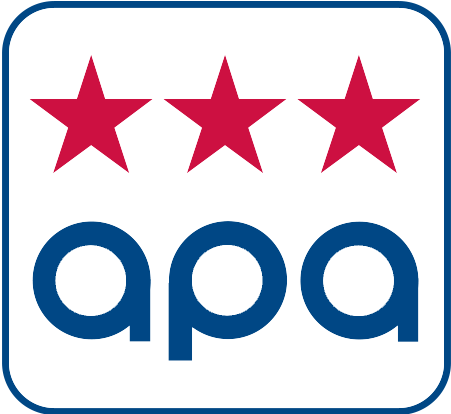I was looking at dealer websites and one showed a new SUV available for around the same price I’ve seen for a three-year-old used model with more than 75,000 kilometres on it. But when I went to the dealership, the salesman told me that there would be two other charges that aren’t shown on the site. There’s a mandatory “assurance package” that includes wheel locks and lifetime oil changes – there’s no way to opt out – and a “market-adjustment fee.” This bumps up that advertised pretax price by more than $5,000. This dealer is part of a big dealership group and the salesperson told me to expect similar charges at other dealerships …
– Chris, Edmonton

In Alberta and four other provinces, the price you see on the dealer’s website should be the real deal.
“If a price for a vehicle is advertised on a [dealership] website, it must be the total all-in price of the vehicle,” said Laura Meador, spokeswoman for the Alberta Motor Vehicle Industry Council (AMVIC), which licenses and regulates dealers in Alberta. “No additional fees can be added on top of the all-in advertised price.”
Wherever a dealership advertises a car – whether it’s on TV, radio, a website, a billboard or online – the price must include everything except sales taxes, Meador said.
In Alberta, where there’s no provincial sales tax, that’s just the GST – and, if your car costs more than $100,000, the federal luxury tax.
So, if the dealership website shows that a car costs $32,500, that should include administration and transportation fees. There can’t be an asterisk saying that the dealer may add extra costs …
The rules apply to new and used cars. Penalties under Alberta’s Consumer Protection Act include a fine of up to $100,000.
While the rules vary by province, Saskatchewan, Manitoba, Quebec and Ontario are the other four provinces that require all-in pricing …
“There is no provincial prohibition in Canada on [dealerships] selling vehicles for more than MSRP,” said George Iny, Director of the Automobile Protection Association, an automotive consumer advocacy group based in Toronto …
Even in provinces with all-in pricing, dealers are generally free to inflate prices above the MSRP – as long as they don’t charge the consumer more than they themselves have advertised, Meador said.
So, for instance, if an Alberta dealer has added $5,000 in their own charges on top of the $32,500 MSRP shown on the automaker’s website, then they have to advertise $37,500 – not $32,500 – on their own separate website. Or, the dealer could just skip advertising the price entirely. With months-long waits for new cars, mostly empty car lots and high prices for used cars, “many dealers have stopped price advertising,” Iny said …
“No consumer should be forced to pay for after-market packages they didn’t ask for and do not want,” AMVIC’s Meador said. So, if you decide to buy extra services or accessories from the dealer in Alberta – say, a service package, an extended warranty, winter tires or floor mats – they will be added to the bill of sale on top of the all-in advertised price. But those accessories are optional – the dealer can’t make you buy lifetime oil changes, for instance, as a condition of the sale.
But even in provinces without all-in pricing or bans on mandatory options, you might have grounds for a complaint against a dealer under the federal Competition Act.
It bars drip pricing, in other words, adding extra mandatory charges that make an advertised price unattainable, Competition Bureau spokeswoman Marie-Christine Vézina said in an e-mail.
If you’ve seen an advertised price, get proof before you go to the dealership, OMVIC advises.
“We often encourage buyers to take a picture of the advertisement, wherever they have seen it – in a newspaper ad, online, on the dealer’s lot – and bring it with them to show to the salesperson when they go to buy.”
But the dealer may just tell you to take a hike – and then find another buyer who will pay the price they charge, Iny said …
“Most consumers just pay the [added fees] and take it on the chin,” he said …
But even if dealers are aware of the rules, breaking them can bring in a lot of cash, Iny said.
“It’s way too profitable [for dealers] to cheat on price advertising – [potentially adding] an extra $500,000 a year – and your risk is getting a letter or a small fine every few years.
